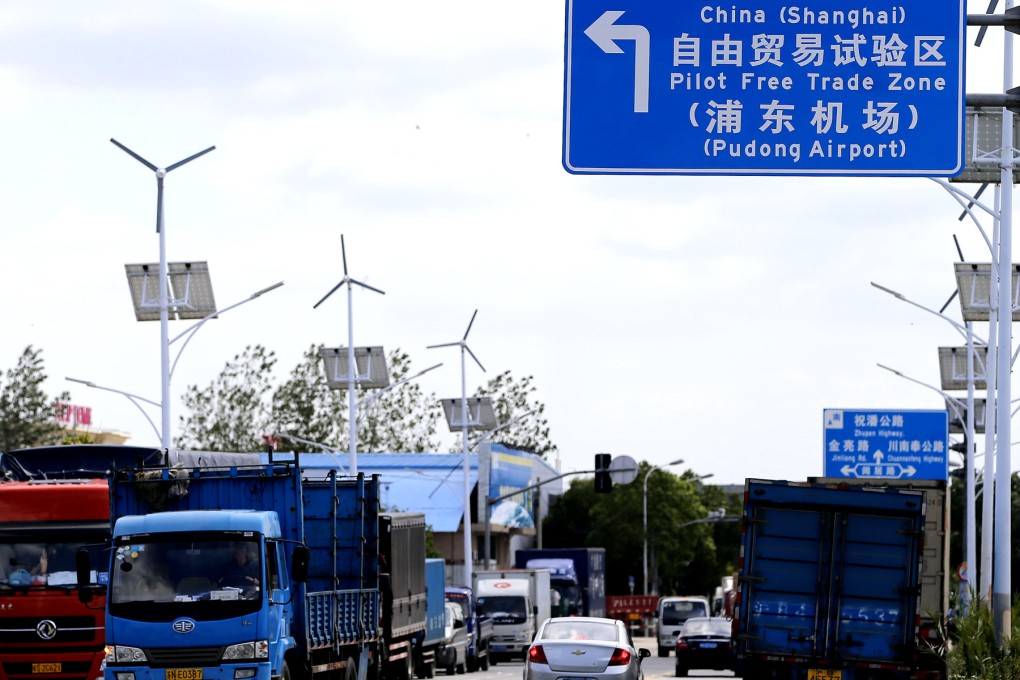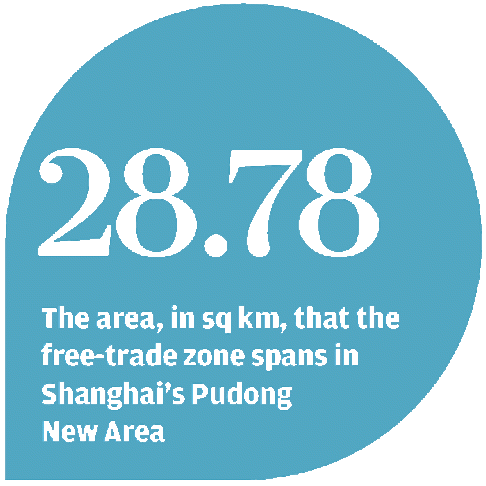Shanghai free-trade zone policy initiatives announced ahead of launch

China announced 18 new policy initiatives for its first free-trade zone in Shanghai, reducing restrictions on six key industries, including financial services and telecommunications.

The setting up of the free-trade zone is widely seen as one of the key reforms to be introduced under Xi Jinping’s leadership. But it remains uncertain how far the government is ready to go. Some of the boldest ideas – such as breaking the state monopoly over internet, data transmission and storage business - are still under discussion and may require special permission.
Premier Li Keqiang, the driving force behind the free-trade zone idea, is eager to see it as a testing ground for wider and deeper financial reforms. He earlier said the central government would copy the Shanghai model to the rest of the country if it proved to be successful. State media compared it to Deng Xiaoping’s creation of the Shenzhen Special Economic Zones some three decades ago.
Just like Deng, Li faced serious, at times open, resistance from entrenched interest groups.